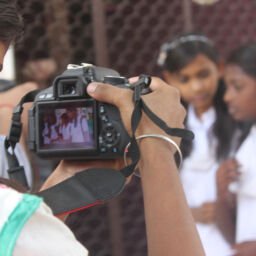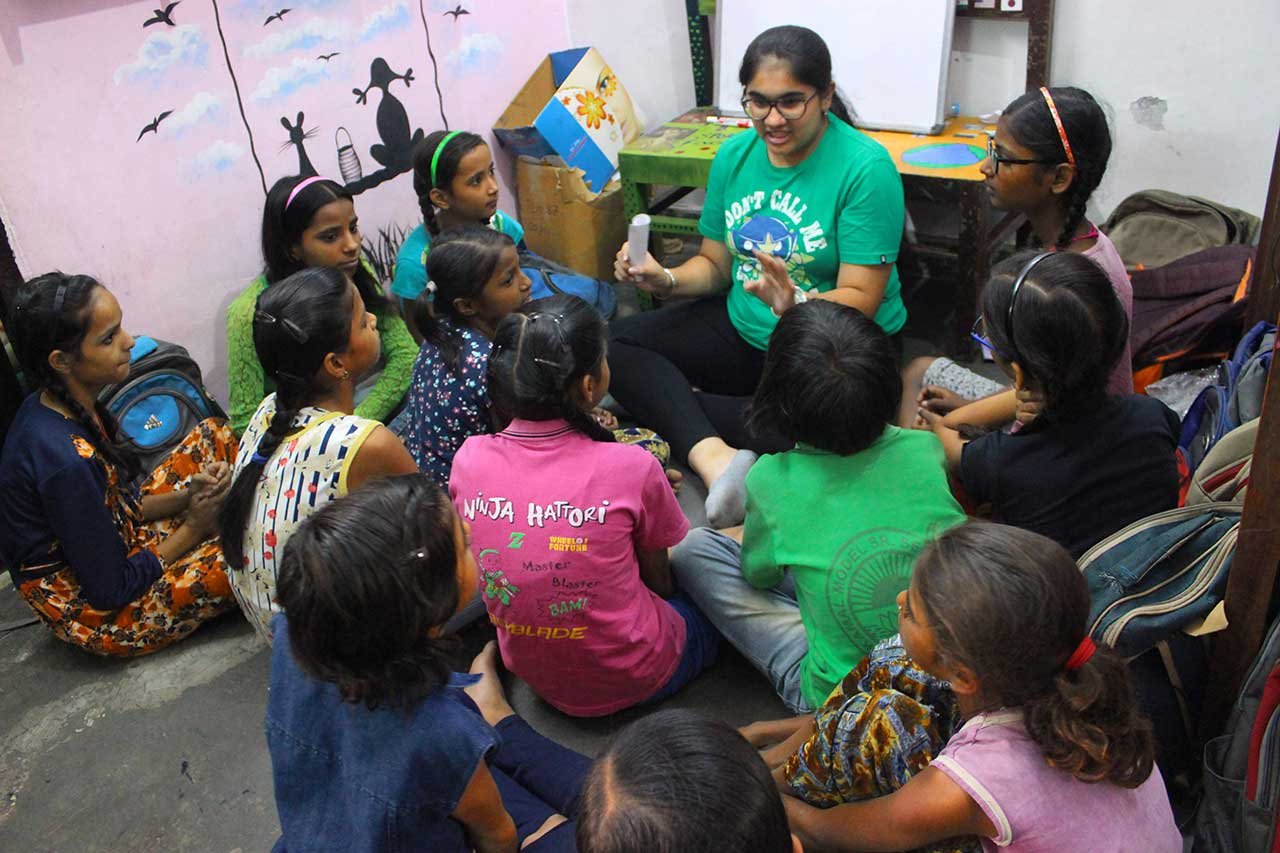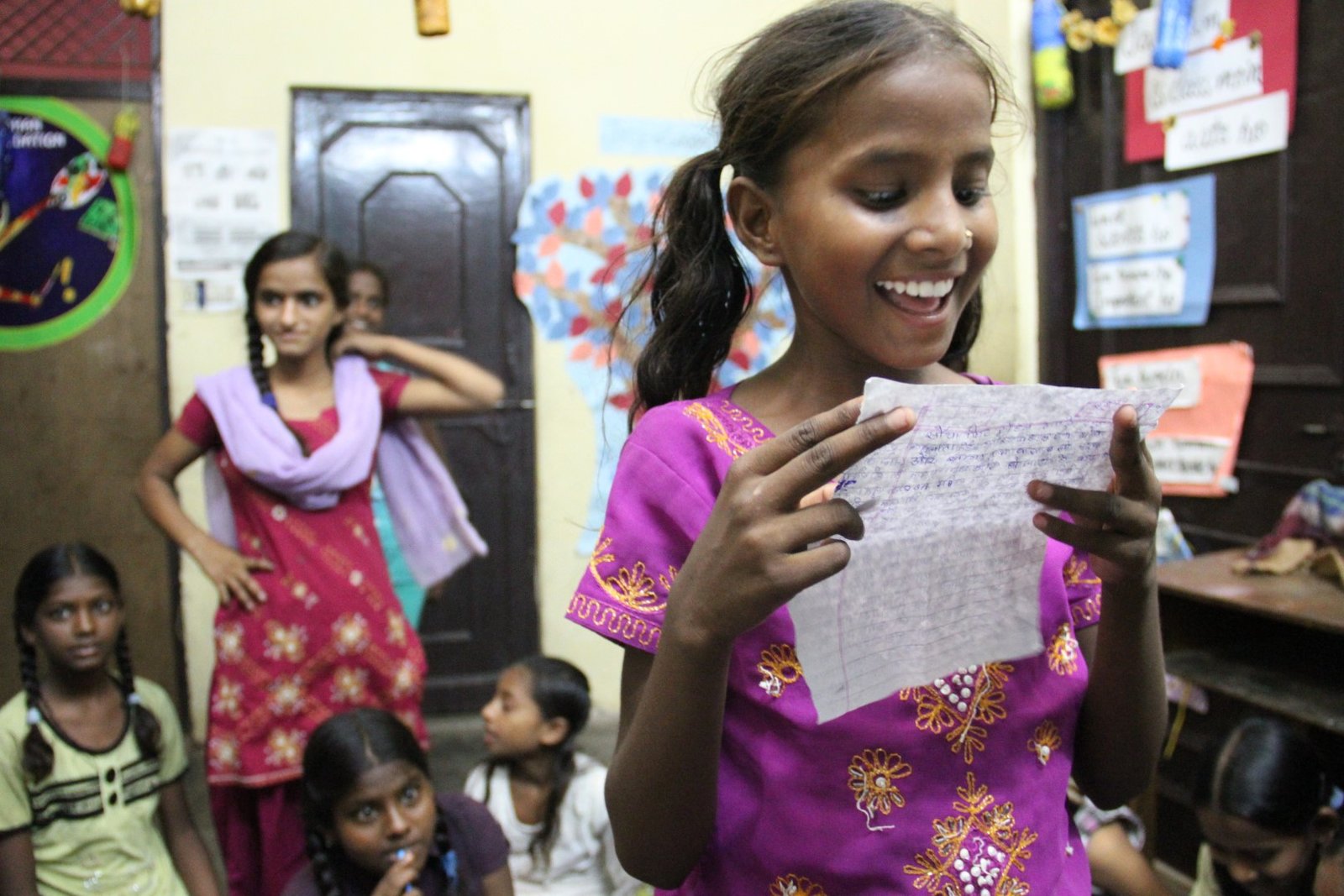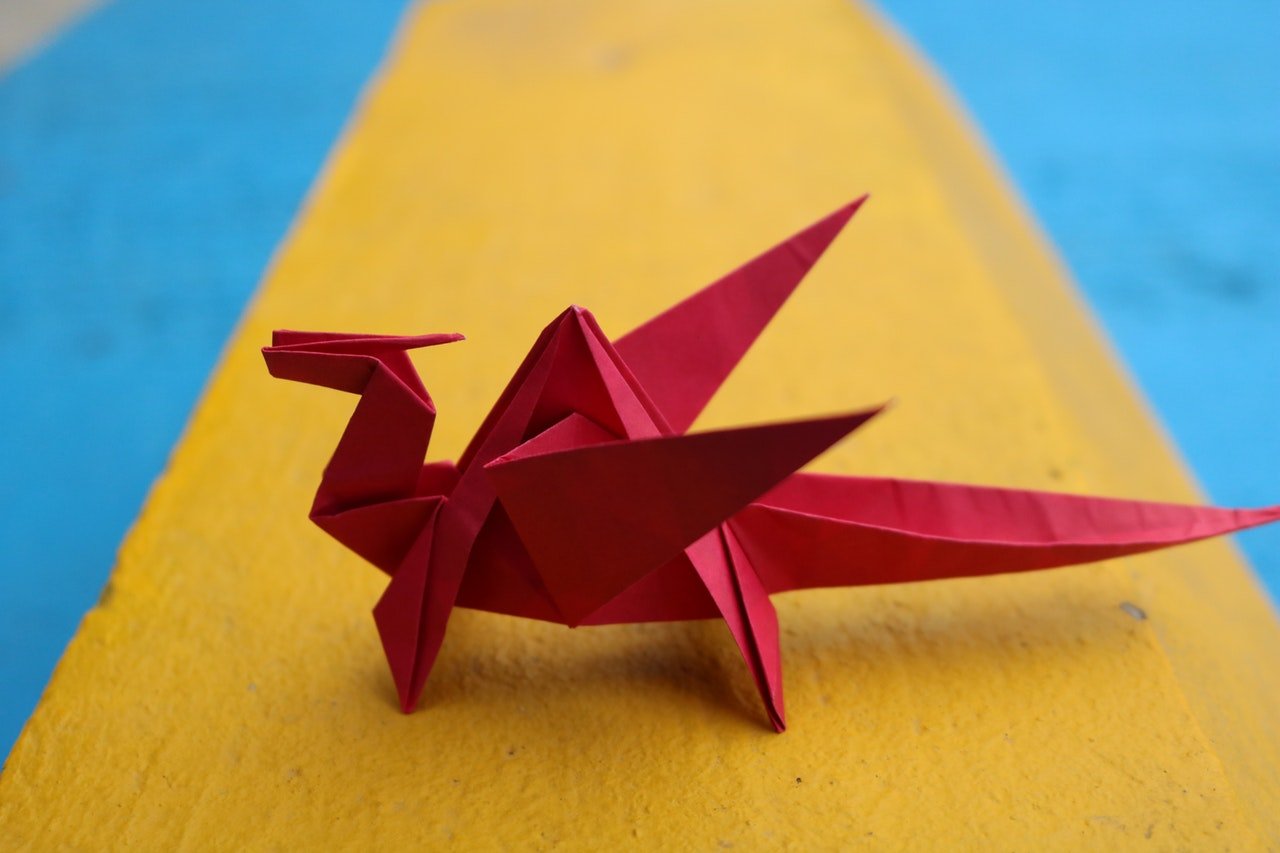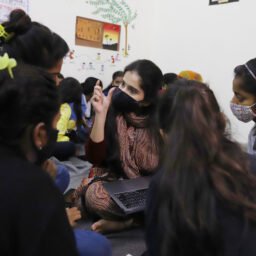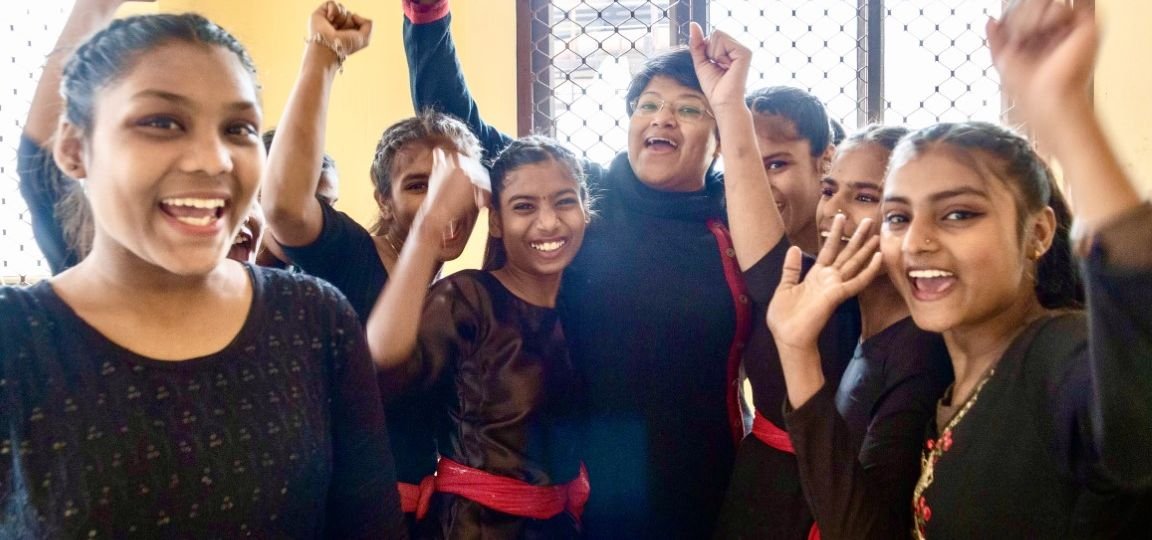
Art, Gender Equality, and Politics
How Protsahan Uses Art to Advocate for Child Protection & Gender Equity
The arts have always been a powerful medium for advocacy, political activism, and social change. Today, it’s more important than ever to harness the power of art to advocate for these critical causes.
Unpacking and Contesting Toxic Masculinity and Patriarchal Constructs with Art
Toxic masculinity is a term used to describe narrow, traditional expectations of manliness that can harm both men and women. This form of masculinity can promote violence, aggression, and suppression of emotions, leading to negative outcomes for individuals and society as a whole. However, art can be a powerful tool in challenging and unpacking toxic masculinity, promoting healthier and more equitable forms of masculinity. Through visual and performing arts, artists can question societal expectations of masculinity and femininity, presenting alternative narratives and pushing the boundaries of what it means to be a man or a woman. Art can also be used to promote emotional intelligence and vulnerability, which are often suppressed in toxic masculinity. Through visual and performance art, men can be encouraged to express their emotions, promoting greater emotional intelligence and empathy, and reducing the risk of harmful behaviour. Furthermore, art can serve as a means of advocacy for gender equality. By using art as a platform for social commentary and political activism, artists can raise awareness about the harmful effects of toxic masculinity and advocate for a more equitable and inclusive society.
Arts as a means to foster gender-equal participation in governance & politics
Art projects can engage and have a significant, long-lasting impact on communities and society as a whole. One such example is Protsahan’s film “Fireflies“, which addresses the issue of child marriage and has had a strong impact in local communities. By creating contextually relevant cinema, Protsahan is able to reach and engage audiences in a meaningful way, creating lasting change. Art has the power to challenge and change societal norms, and it can play a crucial role in advocating for gender equality in governance. In many countries, women are still underrepresented in positions of power, including in governance. This lack of representation can have significant consequences, as it means that the perspectives and experiences of half the population are not being represented and taken into account in decision-making processes. Art can help to address this imbalance by providing a platform for marginalized voices, including women, to be heard and their experiences to be seen. For example, female artists can create works that highlight the struggles and experiences of women, giving visibility to the issues that women face and encouraging a wider audience to consider these issues. This can help to create a greater understanding of the importance of gender equality in governance and can provide a powerful tool for advocating for change.
Art as a Means of Advocating for Social Protection
Art is not just a means of self-expression but also a tool for social commitment and activism. In today’s world, where politics often fails to address the critical issues facing society, art can help to fill the gaps and bring attention to the spaces of social concern. Art has long been recognized as a powerful means of advocating for social change and protection. It can serve as a tool for raising awareness, inspiring empathy, and catalyzing action. In the context of gender equality and child protection, art has an especially important role to play. Childhood trauma can have devastating impacts on children and their families, and it is crucial that stakeholders including civil society, government and philanthropy work together to ensure that the marginalised communities are rights holders (and not beneficiaries!) who receive the support and protection they need.

Culture and the Arts as a Means of Fostering Children’s and Girls’ Rights
Protsahan is addressing the issue of violence against girls through theatre, recognizing the power of culture and the arts in fostering children’s and girls’ rights. By combining education, advocacy, and art, Protsahan is working to create a world where all children, especially girls, can live free from violence and exploitation. One of the ways that art can help in this regard is by amplifying voices and stories that are often ignored or marginalized. For example, we at Protsahan use art as a means of advocating for gender equality and child protection. Through various deeply embedded grassroots community projects, such as its films, theatre programs, and mentorship initiatives, Protsahan helps to raise awareness about the challenges facing girls and women in urban slums in South Asia and to build a supportive network for survivors.
Artists like Barbara Zucker, Faith Ringgold, Joan Semmel, Lynn Hershman Leeson, Todd Levin, and Protsahan girl champions like Kanchan Goutam and Jannat are powerful advocates in the world for gender equality and child protection, using their work to challenge the status quo and promote social change. Through the continued use of art to advocate for gender equality and child protection, we can work towards a more just and equitable world for all.





